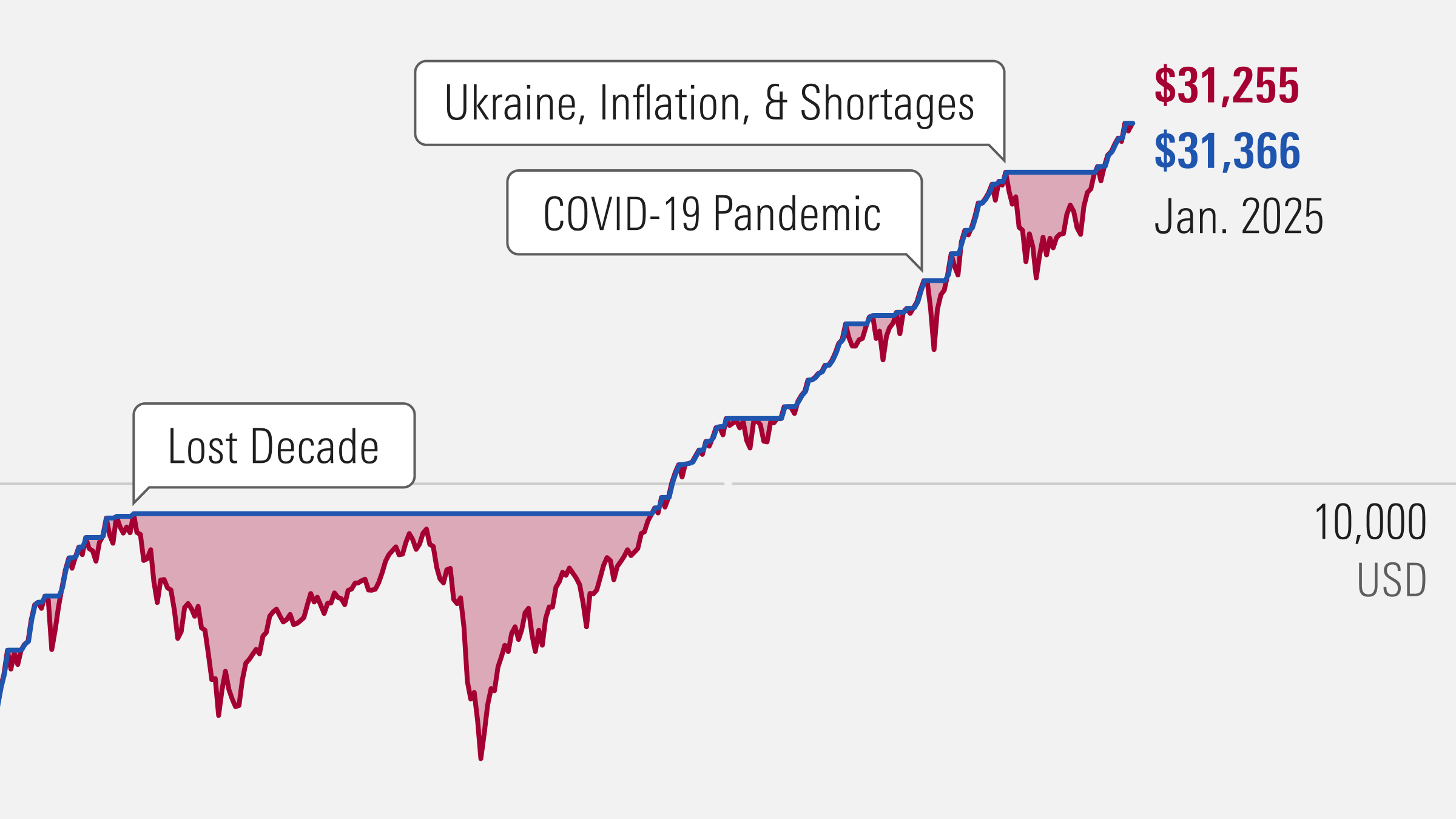Ruth Saldanha: We recently discussed China and the opportunities in that country especially in the technology sector. Another major market that has seen a lot of interest this year in India. So far, the benchmark BSE Sensex is up close to 6% this year. This comes after returns of over 7% last year, for the same timeframe the TSX was down almost 9%. Can this run continue? With us to discuss this is Vikas Gautam, the CEO of Aditya Birla Sun Life Asset Management.
Vikas, thank you so much for joining us here today.
Vikas Gautam: Thank you. Pleasure being here.
Saldanha: So what is your outlook for India equities especially over the next year or so.
Gautam: So if you look at the way the Indian economy is poised right now. We are an economy of about $2.85 trillion. And there is a forecast being done by IMF, World Bank and all the major rating agencies that India is likely to become the third largest economy by 2050 to the extent of about $28 trillion. When you look at the capital markets, the market to GDP ratio is about 0.8 in terms of India, whereas when you look at other global markets it's about 1.4 to 1.5. When you look at the performance of the market, the market was nervous in 2018, but the signals which are coming in from the U.S. Fed with regards to the rate of interest increase and the data which is coming in out of India across various sectors on the macro- and the micro-lead indicators, it appears that the corporate earnings are going to surprise us over a period of the next 12 to 18 months. And the same is going to get reflected back in the market and the testimony of that was the outcome in the month of February and a month-to-date this month in the month of March. So we foresee that if there are no unwanted or unexpected risk on the way, the market has the potential to deliver anywhere between 16% to 18% per annum for over the period of next 4 to 5 years.
Saldanha: You outlined some of the opportunities in this market. Could you also tell us what are some of the major risks that face Indian investors at this point?
Gautam: So there are two risks that we face, one is from a global perspective and one is from a domestic perspective. Domestic perspective is if there is a negative outcome in the elections in the month of May which means a fractured coalition government comes into power that is going to create some kind of volatility. Second is if there is again a blowup on the geopolitical side that could again create some kind of volatility and could put the markets on a backfoot. From a global perspective, the key risk that we see is what's happening between the U.S. and China on the trade tariff. If this is not settled, if this continues to get postponed for a long time this will have a ripple effect on the market. And a bigger risk than this which has started emerging over the last couple of weeks is the signal which is coming in from the U.S. Fed on account of a pause in the interest rates and maybe doing away with the tightening. And there could be the possibility of it starting to ease again in 2021 and if there is a scenario the global countries of the world getting into some kind of recessionary mode that could have a ripple effect on emerging markets and again on India as well.
Saldanha: You mentioned a recession which is something that we've talked about a lot. In these circumstances what often happens is that emerging markets tend to fall harder. Do you think now is a good time for investors to wait or do you think it's a good time to start investing.
Gautam: So I think the way emerging markets and especially the Indian market was poised 5 years or 10 years or 15 years ago is not the same. It used to be much more turbulent, much more volatile. The economy is especially in the case of India is much more fundamentally sound. Much more resilient in terms of absorbing any kind of a shock going forward. I would say the cusp at which India is or the Indian market is, it's an opportunity for global investors to take part in the capital markets. But they have to be mindful that they cannot look at the market like India from a tactical allocation perspective that they invest, today and they may expect a return three month, six months, nine months down the line. When they look at a market like India, they need to have a medium- to long- term horizon and when we say that we define it in upwards of three years. So that’s the kind of approach they can look at.
Saldanha: Thank you so much for joining us today Vikas.
Gautam: Thank you, my pleasure.
Saldanha: From Morningstar I'm Ruth Saldanha.




















